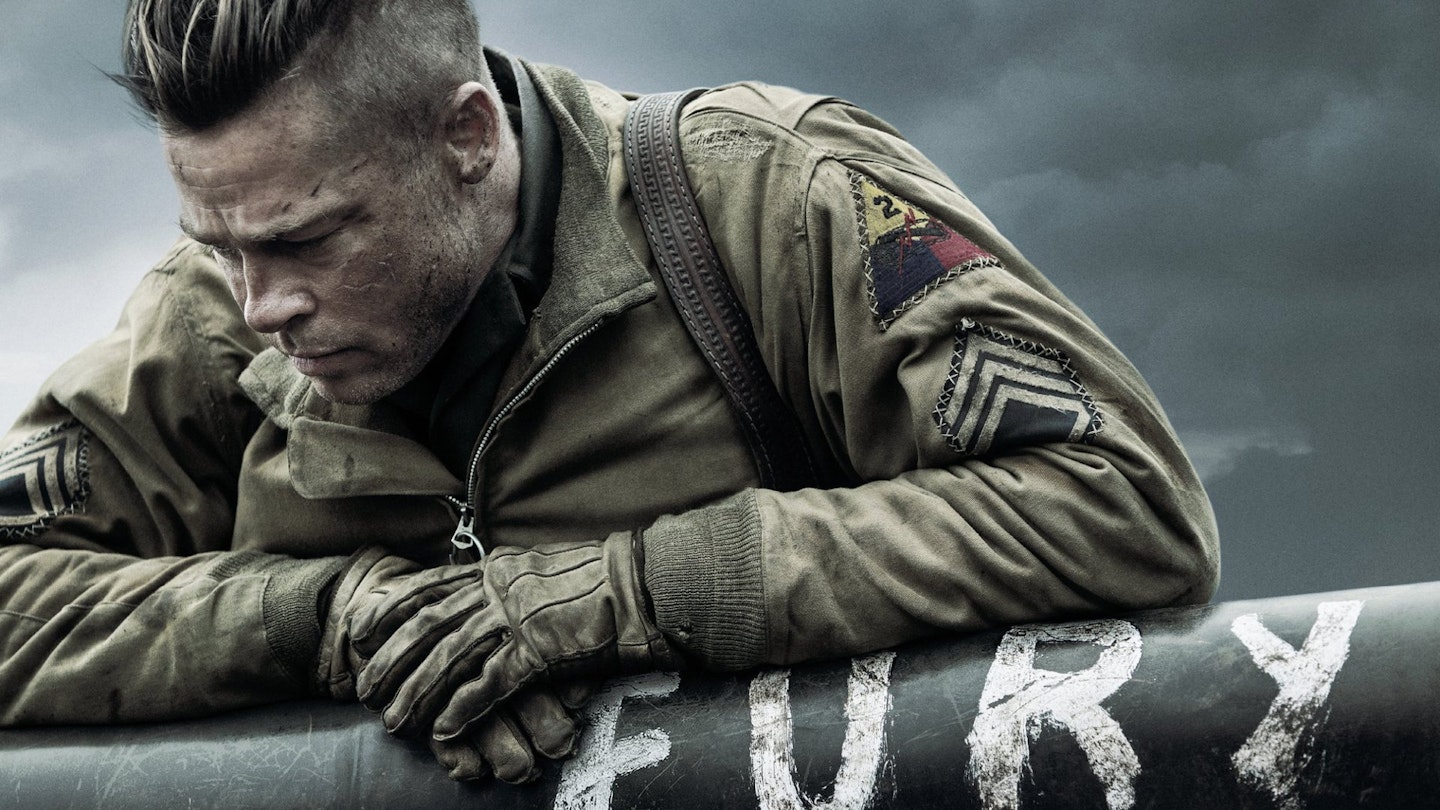Fritz Lang’s first American feature is a hybrid of social problem melodrama (complete with statistics about lynching) and twisted noir melodrama, with Spencer Tracy transformed from peanut-popping nice guy into a maniacal, croak-voiced avenger who gloats over the trial of the folks who ‘murdered’ him.
Lang uses silent movie style montages as rumours run around town (old ladies gossiping are intercut with cackling hens) and delivers almost comical horror moments as ordinary, decent, mild-mannered citizens turn into frenzied beasts as they attack the jail. The second half of the film is a strained, weird courtroom drama with a non-stop barrage of ‘objection sustained’ and outrageous tactics from the crusading district attourney (Abel) and the shifty defence councel (Hale), plus a climax in which Joe lurches zombie-like to the stand after the verdict is in, not to forgive the bastards who tried to burn him (and then weasel out of it by getting friends to commit perjury and give alibis) but to save his fragile, waif-like girlfriend (the big-eyed, extraordinary Sylvia Sidney) from madness.
Lang, having skipped Europe to avoid the Nazi film industry, spotlights aspects of America– the story is inspired by the real hysteria around the Lindbergh kidnapping case – which reminded him too much of what he had tried to leave behind. The script has purple patches and too many unbelievable twists to be taken seriously as social comment, but the film has an overheated gothic charge which remains powerful, and the riot is a bravura action scene.

